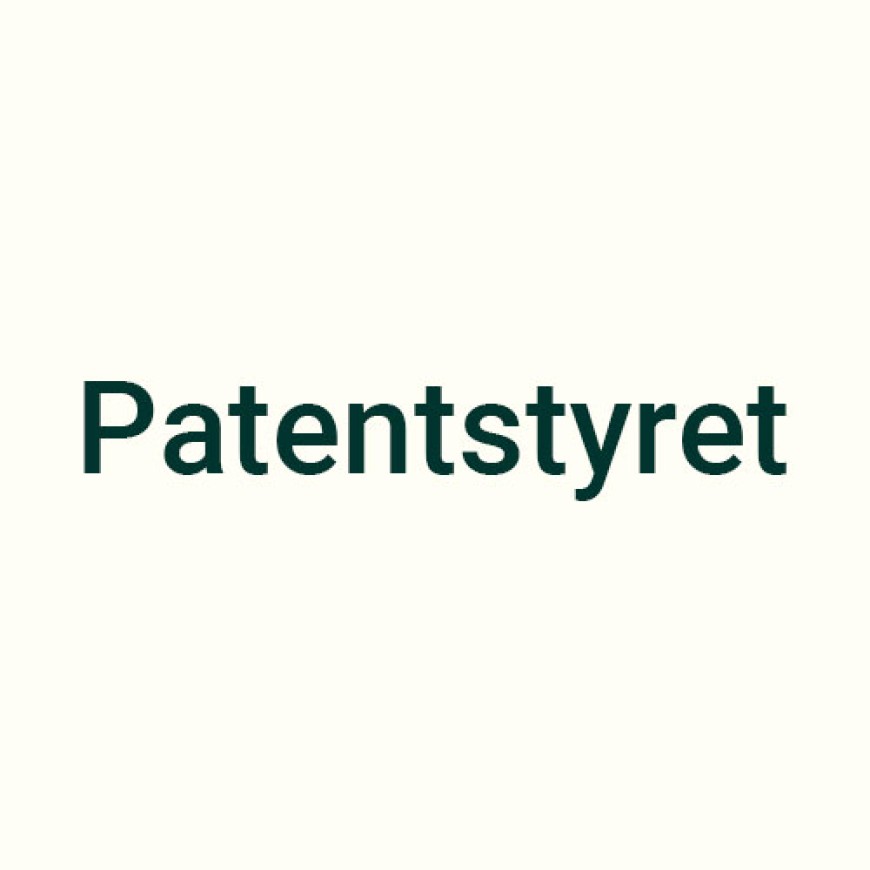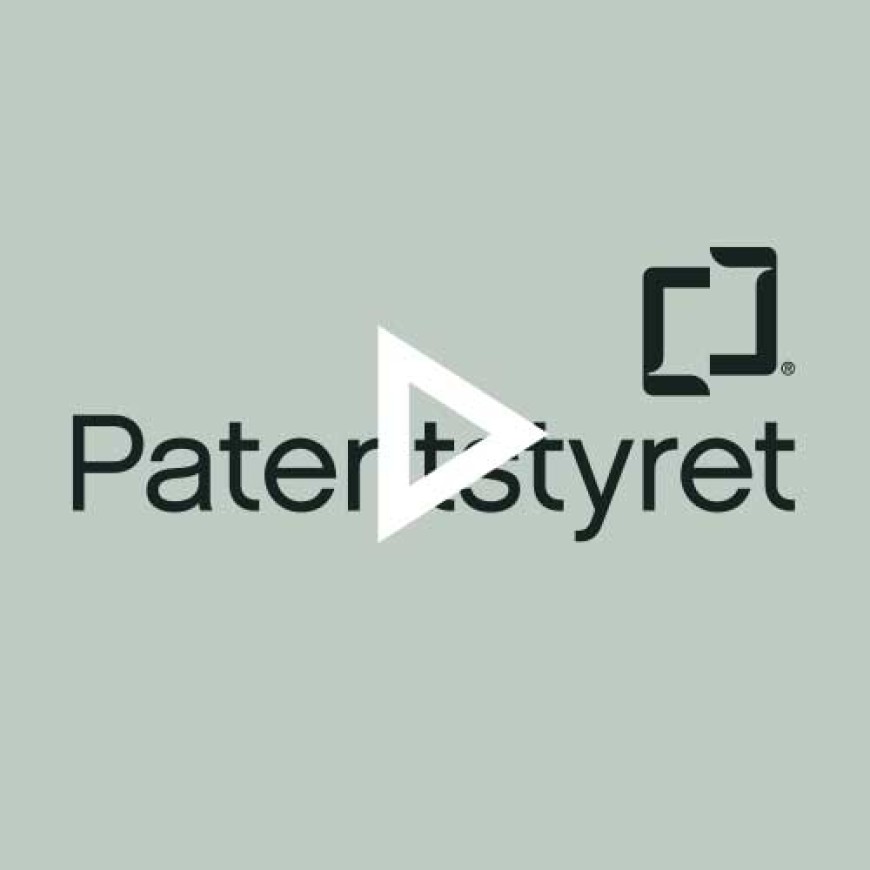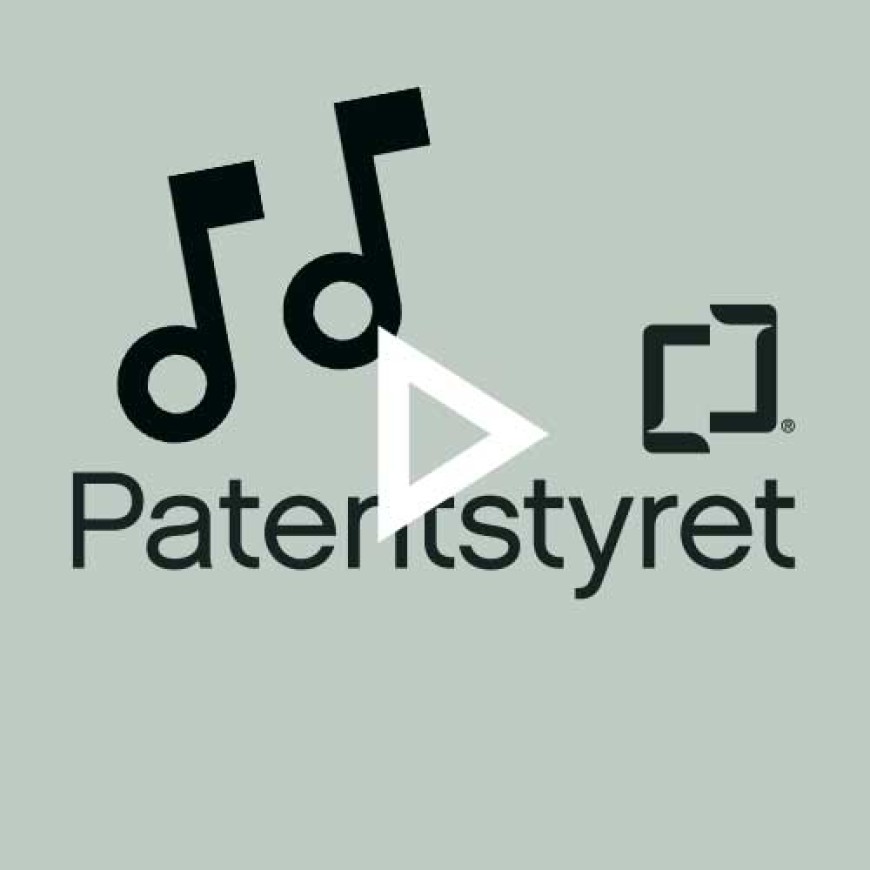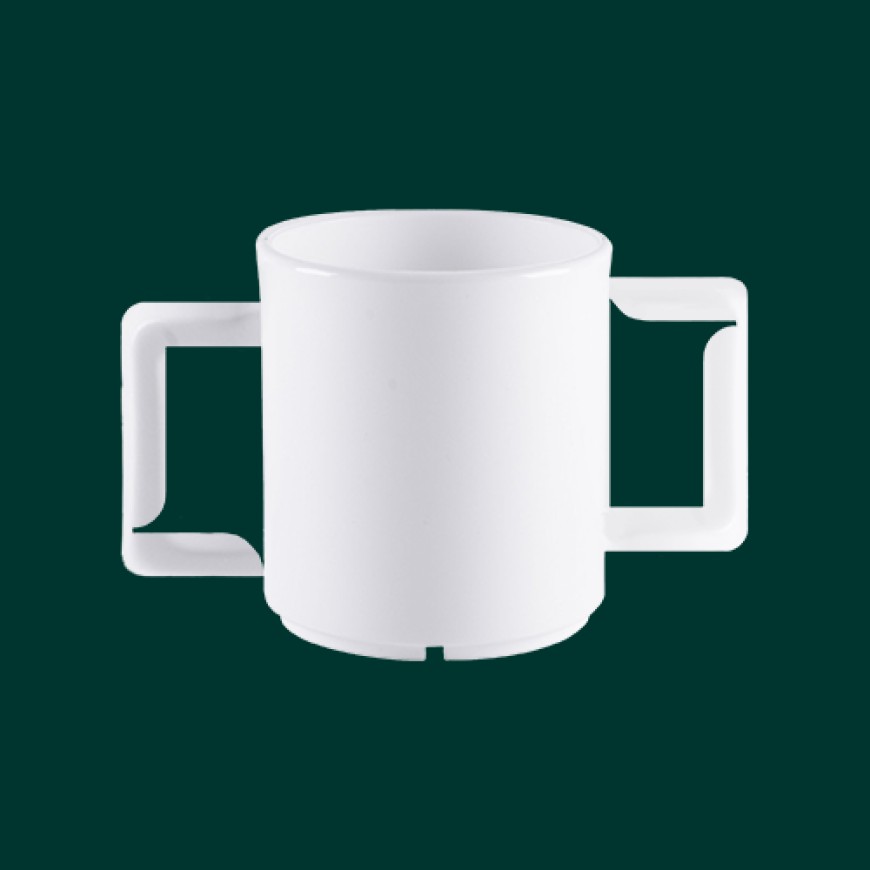Timeline for the application process
Get an overview of the entire timeline from what you should think about from before you apply for a trademark to after you have been granted a right.
A trademark is a characteristic that distinguishes one brand from another. It can be, for example, a logo, a name, a slogan or a sound. If you register a trademark, you get exclusive rights to use it and can prevent copying and imitations.
Get an overview of the entire timeline from what you should think about from before you apply for a trademark to after you have been granted a right.
Here you can check whether there are other trademarks similar to yours, as this may prevent your use. Do a search in our trademark register.
Have you already started an application process or are you going to pay for the renewal of your trademark? Log in to follow your case.
A trademark is basically just a characteristic of a good or a service. A brand is the sum of associations the market has with the company or its products. The trademark can be developed and controlled by the company, and can be legally protected. The value of the brand in is largely determined by the customers.
By registering a trademark, for example a word, symbol or sound, you get exclusive rights to this. Thus, no one else has the right to use this in their marketing. This reduces the chance of being copied, and you are in a stronger position if this does happen. With a registered trademark, it is easier to carry out brand building and thus create a competitive advantage.
– The trademarks clearly increase awareness of holistic branding, and are insurance against simple copying of any successes. (Photo: Marius Rua)
Trond Vilhelm Lund
A trademark can basically consist of all kinds of signs that are suitable for distinguishing one company's goods or services from those of others.
Word marks, figurative marks and combined marks are the most common trademarks to apply for.

Wordmarks consist of plain text, such as words, letters or numbers

Figure marks consist of figure/logo elements without text.

Combined marks consist of a combination of text and figure.
There are also other types of trademarks that can be registered. These brand types are somewhat less common, and some of them can be difficult to get registered.








Get an overview of what opportunities you have and what you must do if you want to file an application. The experts at NIPO have long experience and know what you should think about.
Go directly to our application guide to start the application process. The link goes to a login page. After logging in, you can start the application.
See what you need to have ready before you start submitting a trademark application.
We offer recordings of a number of previous courses and webinars on trademarks, which you can watch for free at your convenience.

Did you know that as much as 90% of the assets in innovative companies can be intangible? It is therefore important that these values are managed correctly. A well-thought-out strategy is as important to commercial success as financing, marketing and sales.
Learn more about IP-strategy